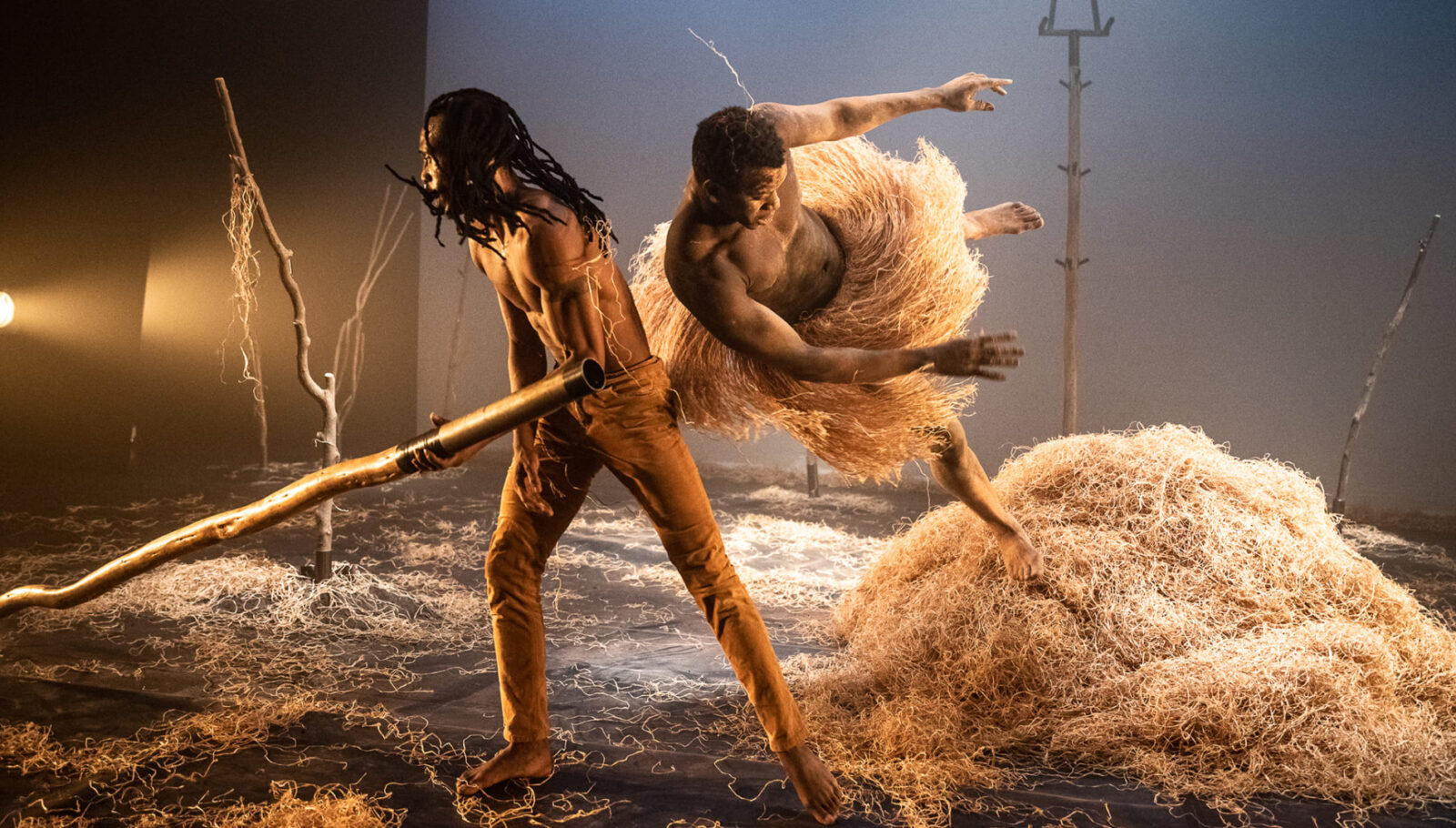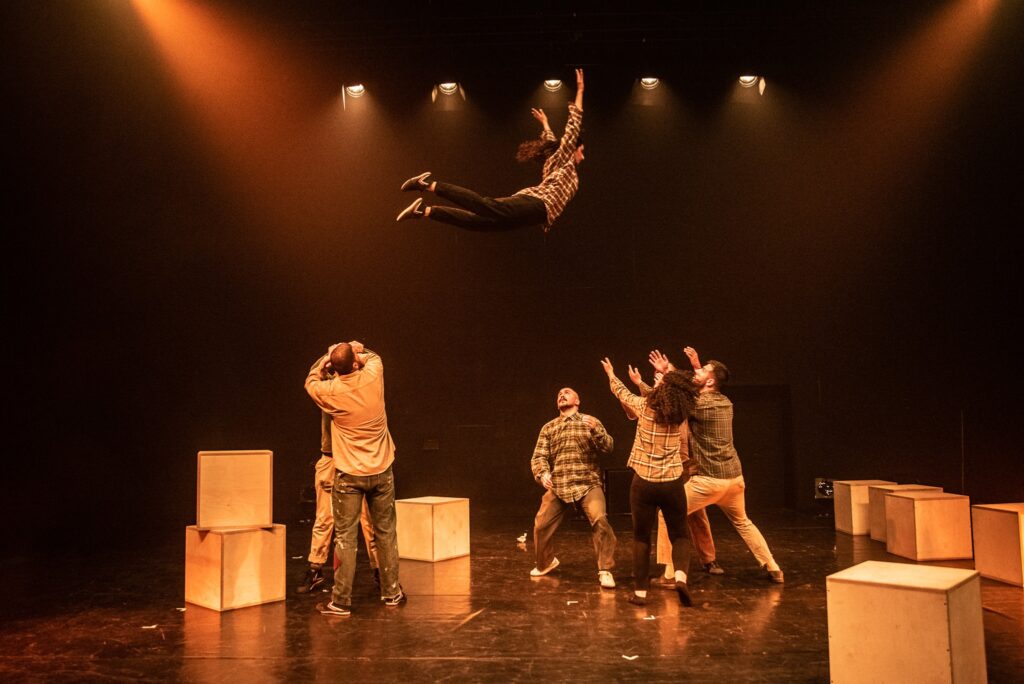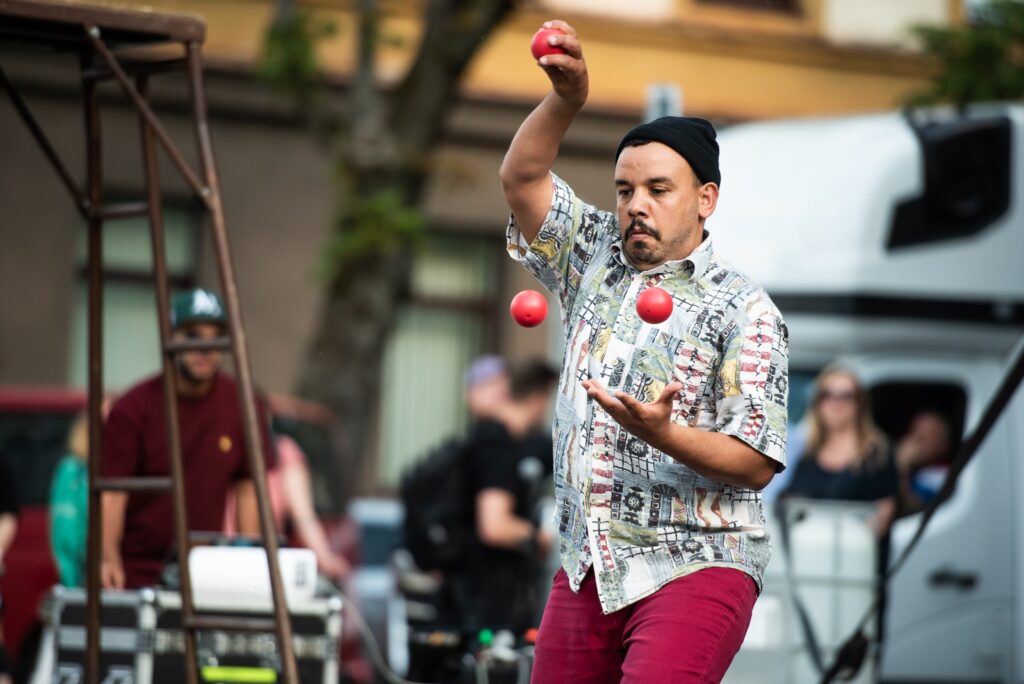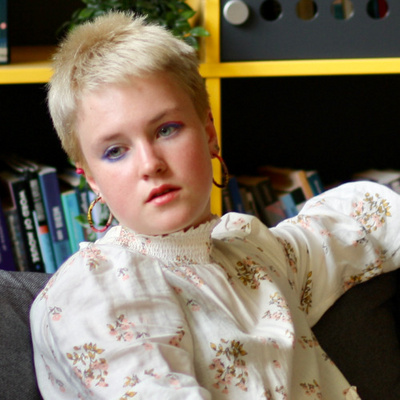Art and Representation: Non-European Circus Groups at Cirkuliacija ’23
Reckoning with the events of world history and their lingering effects leads not only to creating stereotypes—it also impacts how performers from around the globe both interpret and convey aspects of their own cultural identities in light of them. As this year’s Cirkuliacija Festival asked non-European circus companies to take the continental stage in Lithuania, Greta Vilnelėis discusses representation theory: how all representation is simultaneously both misrepresentative and speaks to much deeper truths… and how the ways we represent ourselves illuminate our perceptions of the world around us.
In the nineteenth century, the representation theory was created. It was a ground-breaking discovery for mathematicians all over the globe which led them to believe that the key to gaining a deeper understanding is a change in perspective. However, the concept of representation is a tricky business when it comes to contemporary society. We tend to judge the political system because new laws misrepresent our beliefs; we judge the news for making us feel more and more indifferent to its explicit war and crime material; but most of all, we silently judge others for being different. Representation affects our attitudes, thoughts… and more importantly, it breaks apart our society by creating stereotypes. But through the connecting and healing power of artistic language, we can try to expand our minds and welcome different cultural ideas that we were previously opposed to. Stereotypes are formed by the lack of information. That’s why representation in contemporary circus arts is also the key to eliminating our differences and establishing common values like respect and tolerance.

As this article covers only non-European circus groups which performed at the international contemporary circus festival Cirkuliacija (the only performance I will not cover is the Chilean-Brazilian performance “Cá entre nós” by Cia Doisacordes), I would like to point out the main difference between European and non-European performing arts when discussing the topic of representation. Historically, there were always two types of nations: the oppressors and the oppressed. In the epicenter of this stood the continent of Europe and the white race. Even now, European artists are suffering from an idea and identity crisis that is caused by gaining a global view of Europe’s history as being in a position of power. That leaves us with the ones who, on the contrary, cannot stay silent anymore–other continents, or “the oppressed.” Through the language of art, they tend to reflect on their troublesome history, colorful cultural heritage, and strong traditions. These non-European performances bear a deep understanding of their ancestral roots which influence their present identity. But will this be enough to build bridges between European and non-European cultures? It all comes down to representation.
In the first performance of the festival, “Ancrage” by Senegal’s Sencirk company, we see two male figures. From their looks it’s easy to tell that one represents the old way of living and the other one is a contemporary figure: one wears a skirt made from straw, and the other one jeans. Although it may seem that these performers are following the European view-turned-cliché that African people are similar to wild animals, through the whole performance, we experience the raw energy of African nation. There is a scene where one artist plants fake trees and waters them. By connecting with nature, he unleashes the “straw man”—a mythical ancestral beast—and they act out a tricks routine that reminds one of fighting the unknown. But it doesn’t scare the man, because his goal is to acknowledge the creature rather than running away from his own heritage. As it becomes clear from these different subjects of the show, the strength of Africans lies in their deep respect for tradition and passing them from one generation to another. “Ancrage” is a wholesome spectacle that breaks the cycle of the popular European opinion of uncivilized Africans and unleashes the ancient powers of inner peace.
The beauty of the Palestinian Circus School performance “Sarab” lies in the utterly tragical political state of the artists’ country of origin, and how vital it is for them to express their sorrow through the language of circus because literal protest would put them in jail. On stage, Palestinians created an image of a nation that doesn’t surrender or adapt to the conditions of the oppressor. The artists use circus disciplines as their guns in a fight against deception and for support by reinventing them as metaphors for scenes of a refugee’s life. Therefore the performance was pure politics masked in a way that it could also represent any other country’s fight for freedom. Continuing on our topic, it was also an example of representation as misrepresentative. By focusing on just one aspect of their culture, the Palestinians formed a stereotype about themselves: that their main goal in life is to resist the regime and, consequently, politics is their central interest. “Sarab” ended up feeling flat and naïve. It moved the audience with its lively unsaid material, not by what we saw on stage. It’s safe to say that besides raising awareness about the political situation in Palestine, this performance is also putting the whole nation into a box labeled as “refugees,” a box which is hardly escapable.
Last but not least, the festival presented two shows from the Moroccan circus company Colokolo: “Qahwa Noss Noss,” about a local cafe; and “Chouf le Ciel,” about a traditional Moroccan wedding. The Moroccan performances had a specific chill vibe to them. Despite the fact that the atmosphere—created by the techno music which allowed the artists to keep their fluid flow in-between tricks—was relaxed, positive, and welcoming, all the scenes were self-deprecating farces of local Moroccan lifestyle habits. They made fun of themselves in light of stereotypes: how they are crazy-passionate about football and also too loud, lazy, unmotivated, and secretly not really enjoying following every single rule of Islam. Colokolo generated a complete, multi-layered image of Moroccans which at first glimpse could seem stereotypical… but after thinking further, was the clearest idea to the true mentality of the Moroccan people.
Throughout the whole festival and many after-show talks with the artists, there were a lot of discussions about mainstream information and the data that doesn’t reach the European continent. This opportunity to experience the everyday interests of countries outside of the mainstream continent concludes that there is no right or wrong representation. The ones who want to learn will get to the information even without seeing these performances. But opportunities like this could bring the truth closer to narrow-minded people; they could grow tolerance on the ruins of a few stereotype-related walls, and advise future generations to never judge a book by its cover or imagine non-Europeans through the clichéd “damaged European” perspective.

Images by photographer Donatas Ališauskas. Main image: "Ancorage" by Sencirk company....
Do you have a story to share? Submit your news story, article or press release.









